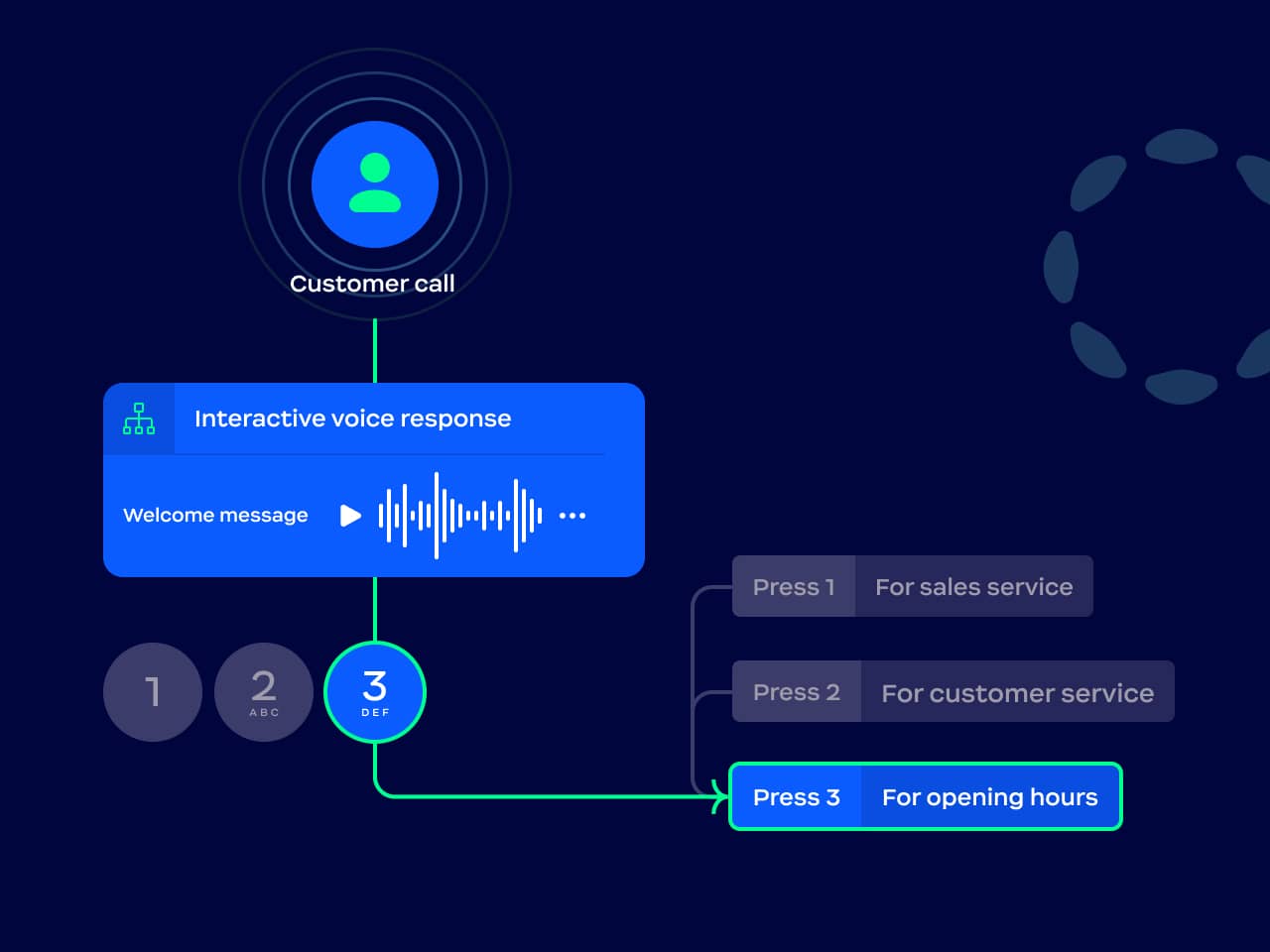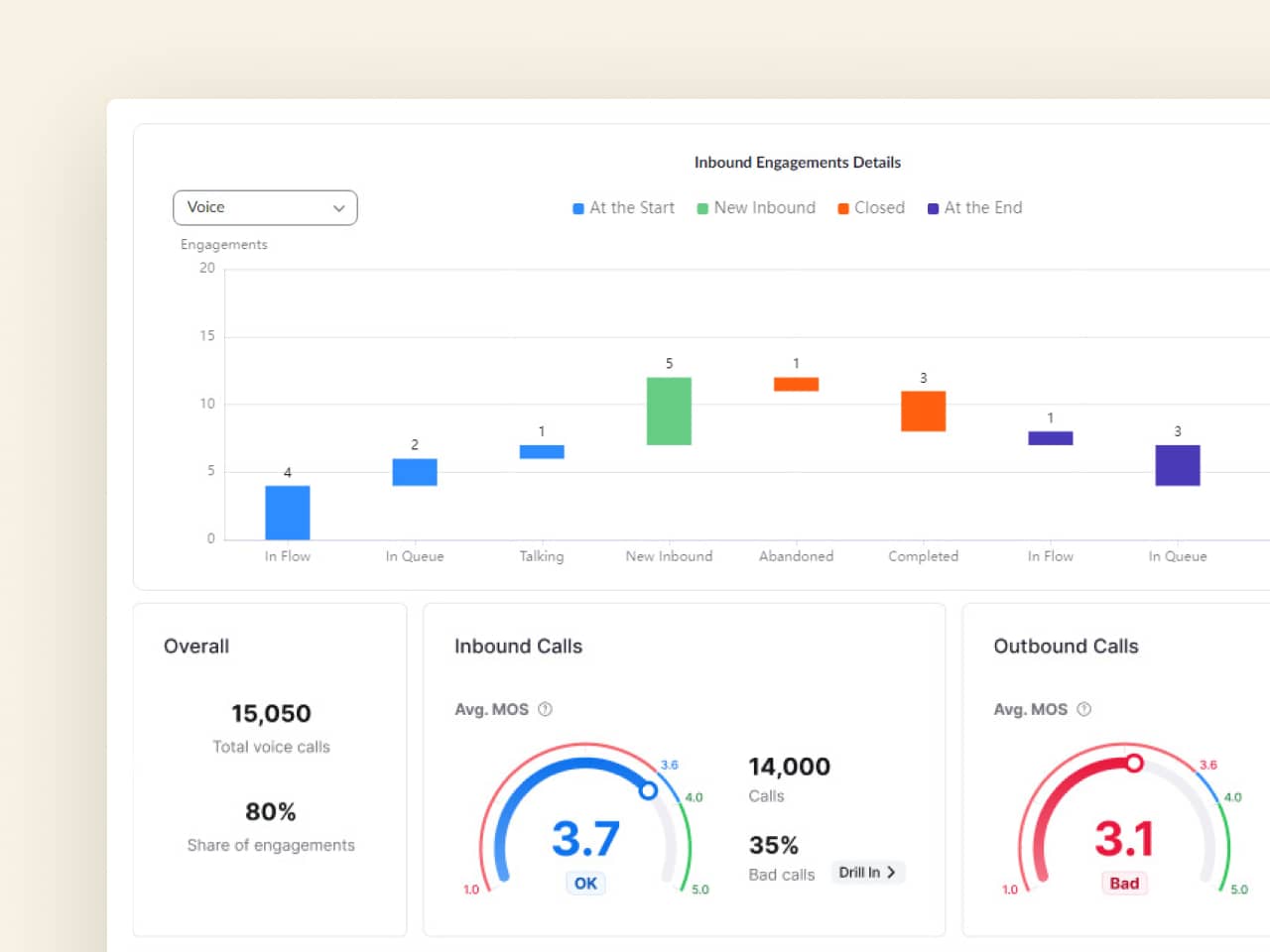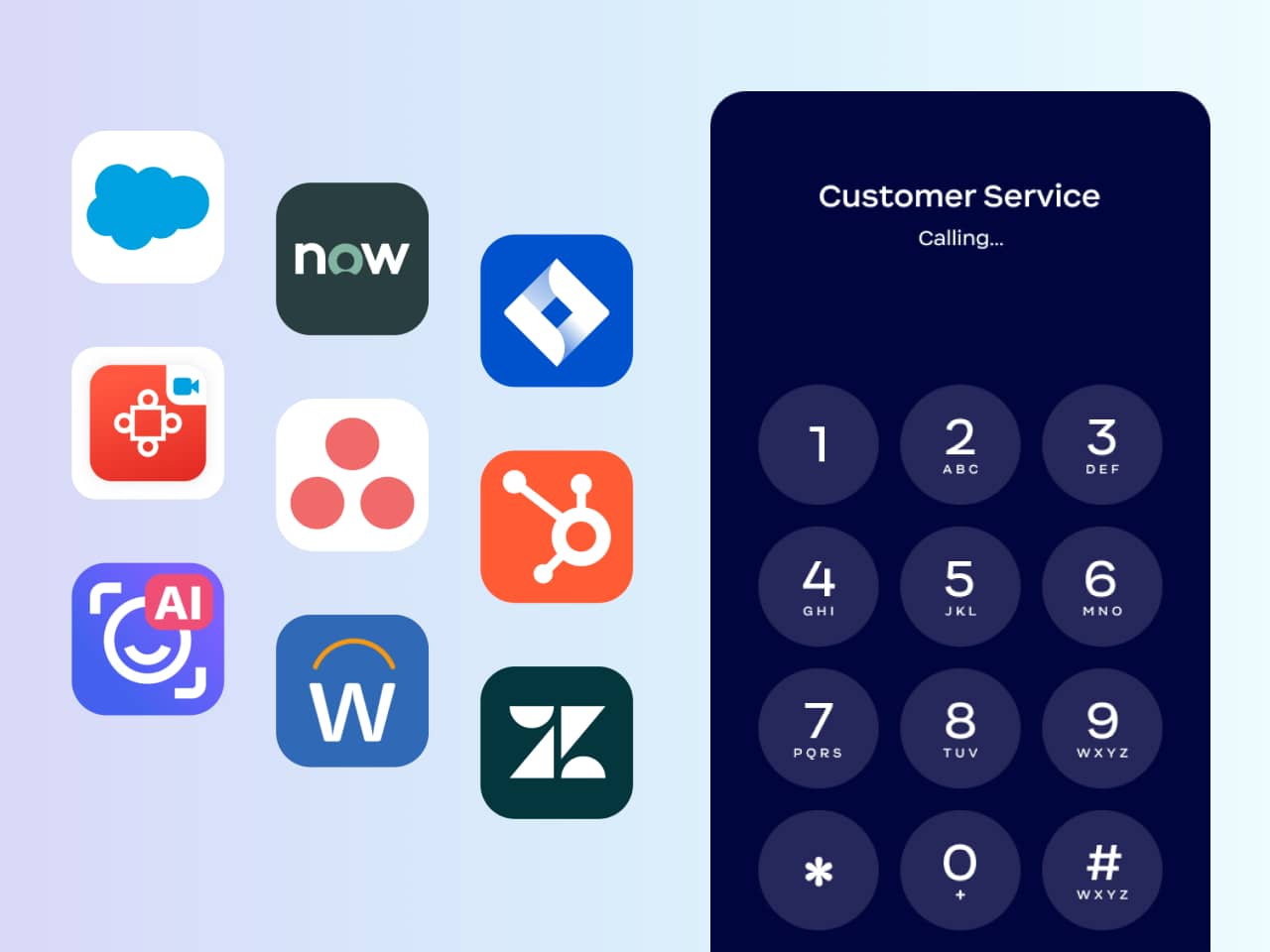As an integral part of almost every cloud phone system and contact center-as-a-service (CCaaS), an interactive voice response or IVR helps organizations streamline inbound call routing and quickly connect callers with the agents who can best resolve their issues. The interactive voice response, better known as IVR software, is what powers the routing process and customer journey.



What are the benefits of IVR?
IVR software simplifies and enhances the customer service experience, but also provides multiple advantages to an organization. Here are a few of the biggest IVR benefits:
Using IVR




